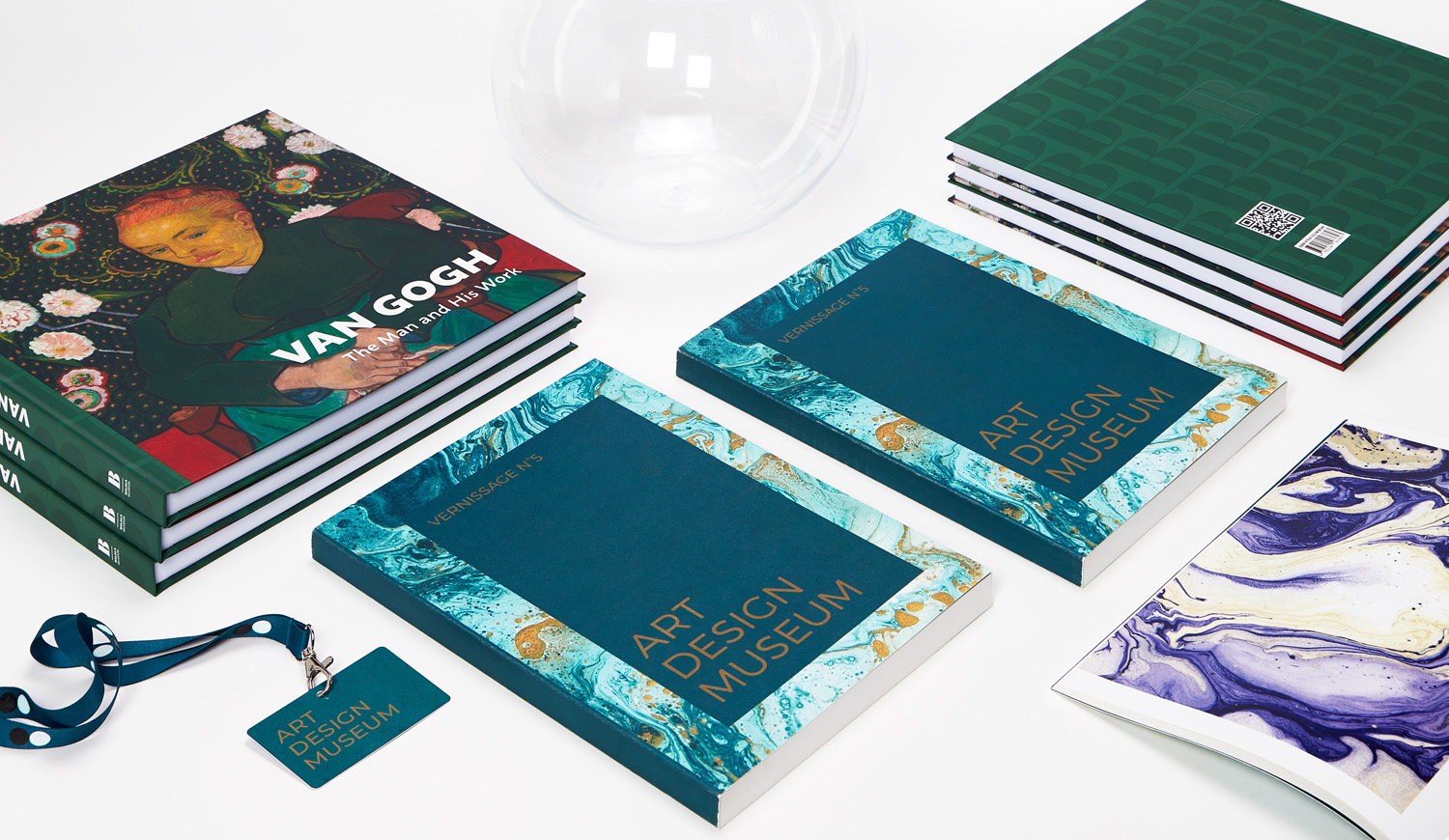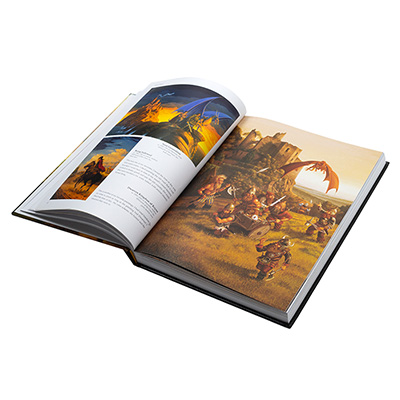The Ultimate Checklist for Printing a Successful art book
The Ultimate Checklist for Printing a Successful art book
Blog Article
Understanding the Refine Behind High-Quality Art Book Printing for Art Enthusiasts
When it comes to high-quality art book printing, comprehending the intricacies of the procedure can elevate your appreciation for the final product. As you check out the various parts of art book printing, you'll reveal understandings that might change your point of view on art preservation and discussion.
The Importance of Paper Selection in Art Book Printing
When it comes to art book printing, the choice of paper can make or damage the last item. You want your art work to radiate, and the appropriate paper improves color vibrancy and information. Consider factors like weight, appearance, and finish; these aspects significantly affect how readers view your work.
As an example, a larger supply conveys high quality and longevity, while a distinctive surface can add depth to photos. Smooth paper is exceptional for thorough reproductions, permitting great lines and refined shades to show up crisp.
Do not neglect about the paper's illumination; a brighter sheet can assist shades pop, making your art a lot more eye-catching. You'll additionally wish to consider just how the paper connects with inks and whether it can handle the printing procedure without contorting or bleed-through. Eventually, choosing the right paper establishes the phase for your art, guaranteeing it records the audience's focus simply as you envisioned.
Picking the Right Inks for Dynamic Recreations
Choosing the right inks is equally as vital as selecting top quality paper to achieve dynamic recreations in your art book. When you're publishing artwork, you desire colors that pop and accurately stand for the original piece. Choose inks with a high pigment concentration; these tend to produce richer and extra saturated shades.
You could consider utilizing historical inks, which stand up to fading in time, ensuring your art book stays as striking as the day it was printed. If you're collaborating with photos or electronically created art, pigment-based inks can provide a bigger shade range, enhancing information and depth.
Don't forget the coating! Matte and shiny inks can dramatically change the appearance of your art work, so think of the look you're intending to attain - art book. Inevitably, the ideal ink option enhances your paper option, developing a magnificent visual experience for your readers
The Function of Shade Administration in Print Quality
Color administration plays a necessary duty in attaining high print quality for your art book. It assures that the shades you see on your screen convert accurately to the published web page. Without reliable color monitoring, your vivid artworks may show up plain or altered, threatening your innovative vision.
Next, make use of shade profiles tailored for your printer and paper type. These accounts guide the printer in reproducing colors properly, lowering discrepancies in between digital and published versions.
When you prepare your documents, think about utilizing a shade area like Adobe RGB or CMYK, depending upon your printer's specifications. Constantly proof your job, as well; a test print can expose any kind of potential color issues before the final run. By focusing on shade monitoring, you guard the stability of your art, ensuring your audience experiences it as you meant.

Comprehending Various Binding Strategies
Achieving the perfect search for your art book goes past color administration; binding strategies also play a significant function in its overall presentation and durability. You have a number of alternatives to assess, each with its own one-of-a-kind characteristics.
If you're aiming for an expert feeling, instance binding offers a strong alternative with a hard cover, ideal for showcasing your art work. On the other hand, best binding gives a flexible spine while maintaining expenses down, making it a preferred selection for softcover books.
Spiral binding enables your art book to lay flat, which is excellent for showing pictures without blockage. Saddle stitching is ideal for smaller sized pamphlets, giving a clean finish without the mass.
Ultimately, the binding strategy you select should mirror your creative vision and exactly how you desire readers to involve with your work. See to it to weigh these alternatives thoroughly to attain the most effective outcome for your job.
The Influence of Publish Dimension and Design on Presentation
While the selection of print dimension and design may appear secondary to material, they substantially affect just how your art work is perceived. The measurements of your prints can either enhance or decrease the impact of your pieces. Larger prints can attract audiences in, enabling them to value intricate information, while smaller styles may need even more intimate involvement.

Conservation Strategies for Lasting Art Books
To assure your art books stand the examination of time, it's essential to execute efficient preservation methods. Usage acid-free storage space boxes or safety sleeves to secure them from dust and physical damage.
When handling your books, always wash your hands or use cotton handwear covers to avoid oils and dirt transferring onto the pages. Prevent bending or creasing the spines; rather, make use of book sustains when presenting them.
For included protection, think about spending in archival-quality materials for any type of repairs or improvements. On a regular basis inspect your collection for indicators of wear or damage, addressing problems quickly. By adhering to these easy strategies, you can guarantee your art publications stay dynamic and easily accessible for several years to come, maintaining their appeal and value for future generations.
Collaborating With Printers for Optimum Results
When you're prepared to print your art book, selecting the appropriate printer is necessary to accomplishing your vision. Clear communication about your assumptions and demands will aid guarantee that both you and the printer get on the very same web page. Let's check out just how to make this cooperation as smooth and effective as feasible.
Picking the Right Printer

Effective Communication Methods
Efficient interaction is necessary for turning your art book vision right into reality, specifically when teaming up with printers. art book. Begin by clearly detailing your project's goals, consisting of style aspects, preferred materials, and any type of particular printing strategies. Do not think twice to share your ideas and references; this helps the printer understand your visual
Be open to responses, as printers typically have useful insights that can enhance your job. This cooperation will assure that your art book fulfills your expectations and shines in its final form.
Regularly Asked Inquiries
What Are Common Errors to Avoid in Art Book Printing?
When printing your art book, stay clear of typical errors useful site like bad resolution images, wrong color profiles, and overlooking web page design. Do not fail to remember to check and verify information to validate your end product fulfills your expectations.
How Does Digital Printing Differ From Typical Printing Approaches?
Digital printing makes use of digital files to develop prints straight, enabling for quicker turn-around and personalization. On the other hand, traditional approaches entail physical plates, which can be lengthy and less adaptable for tiny runs or one-of-a-kind designs.
What Is the Typical Turnaround Time for Art Book Printing?
The common turnaround time for art book printing varies, but you can expect it to take anywhere from a few weeks to a number of months. Variables like complexity, amount, and printing technique all influence this timeline.
Can I Publish a Restricted Edition Art Book Financially?
You can print a minimal version art book economically by picking affordable materials, maximizing print runs, and making use of electronic printing alternatives. Careful planning and budgeting will certainly help you accomplish quality without overspending.
What Are the Ecological Considerations in Art Book Printing?
When taking into consideration art book printing, you need to consider environmentally friendly products, lasting inks, and energy-efficient procedures (art book). Picking regional printers can also decrease your carbon footprint, making your project both gorgeous and eco liable
Report this page